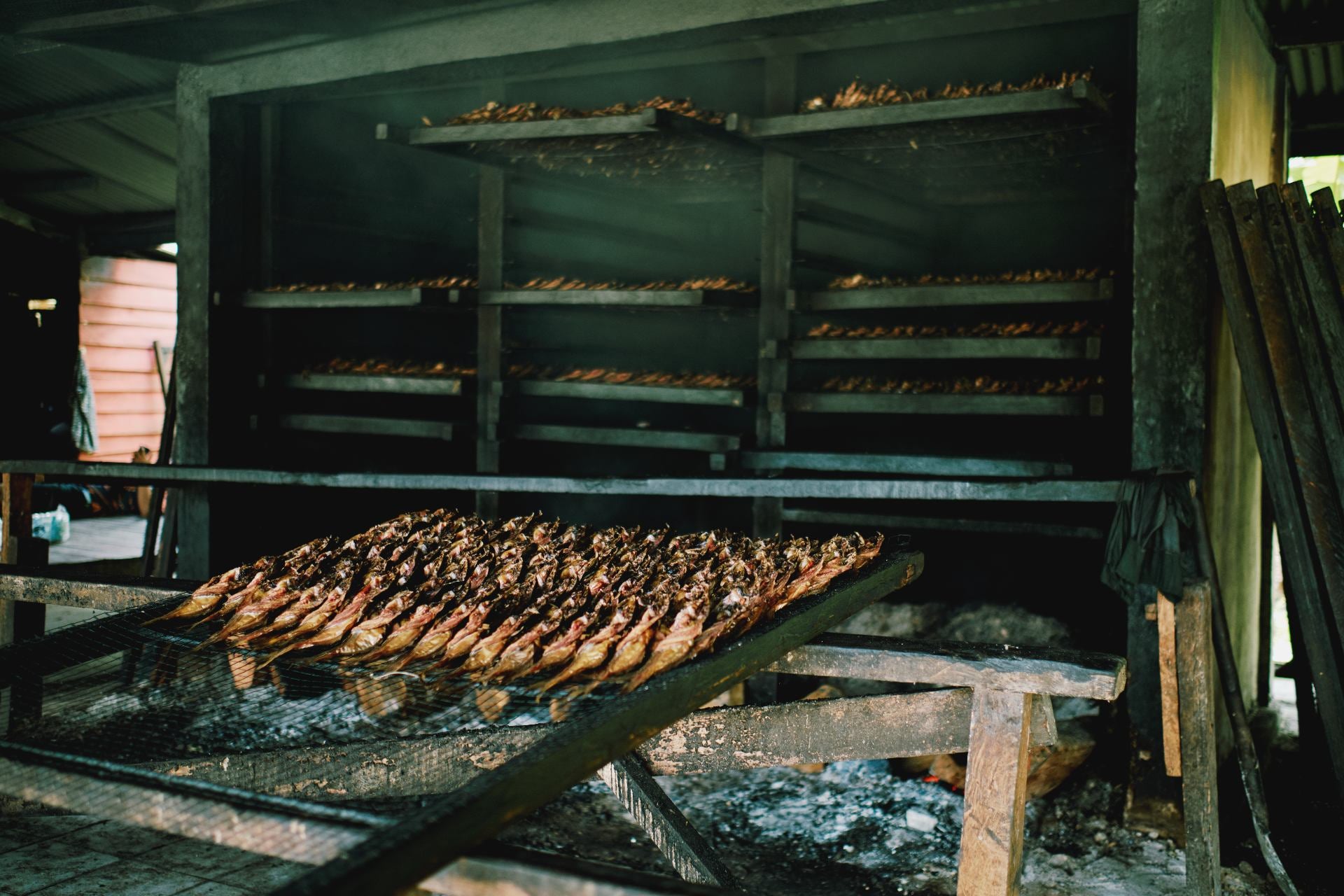Smoking food can be used as a method of cooking, preservation, or just as a way to add a deliciously smoky flavour and darker colour. Smoked meats, fish and cheeses are all popular, and can be prepared in a number of ways, including cold smoking, warm smoking, hot smoking, or adding liquid smoke. Wood is most commonly used to create the necessary smoke, with different woods imparting a different flavour to the food.
Preparation
- Cheese needs to be cold smoked to prevent it from melting, which can be achieved by using a tube smoker inside a regular smoker that has not been switched on. Tube smokers are metal tubes covered in holes that can be stuffed with wood chips, and are generally used to provide extra smoke to regular smokers or grills. They are fairly inexpensive and can be picked up online for a few dollars.
- Choose a mild wood like apple, cherry or maple, to avoid overpowering the cheese.
Smoking
- Fill the tube smoker with wood chips, light according to the manufacturer’s instructions and place it inside your regular smoker.
- Wait until the flame is out and there is lots of smoke from the tube, then add your cheese to the smoker, making sure there is plenty of space for the smoke to circulate around each piece.
- Close the lid and smoke the cheese for approximately 2 hours, checking regularly to make sure the temperature does not exceed 90°F (32°C).
- Wrap each piece of cheese individually in parchment paper and refrigerate for 1 to 2 days.
- Remove the paper and vacuum seal the cheese, then leave it for 2 weeks for the flavour to mellow.
Is it good for your health?
There have been some health concerns surrounding smoked foods, as smoke contains a compound called polyaromatic hydrocarbons (PAH), which may increase your risk of cancer. Because of this, experts recommend enjoying smoked food as an occasional treat only.
Recipes
Now you know the basics, try out your smoking expertise on these delicious smoked recipes.
Smoked beef tongue: with its rich flavour and melt-in-the-mouth texture, this tender, smoky beef tongue will be the talk of your next cookout.
Montreal smoked meat: this Canadian classic from Glebe Kitchen makes the ultimate gourmet sandwich.
Smoked haddock gratin: use your favourite smoked fish in this creamy family casserole from BBC Good Food.
Smoked cheddar cheese: this irresistibly smoky cheddar from Leite’s Culinaria is perfect on burgers, crackers, or made into mac and cheese.














